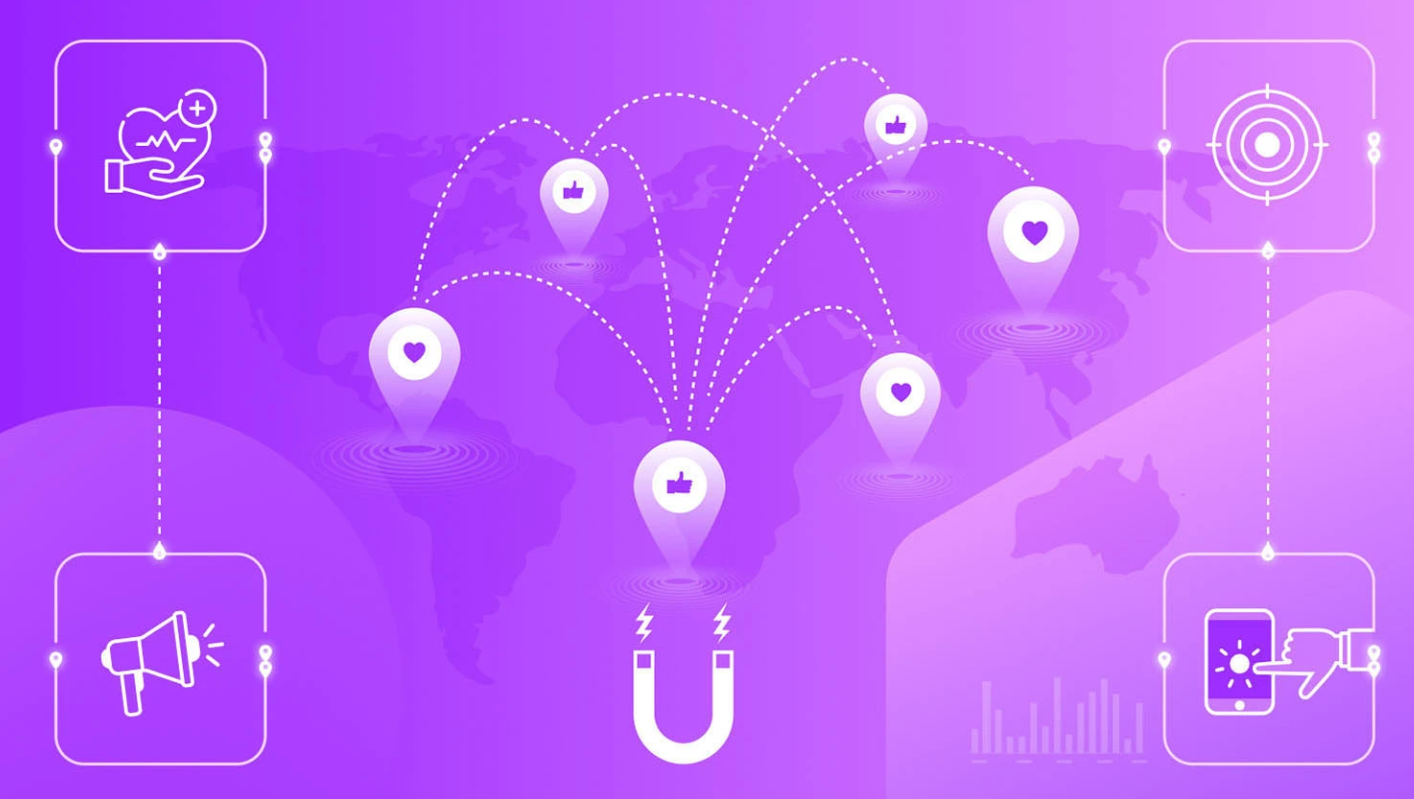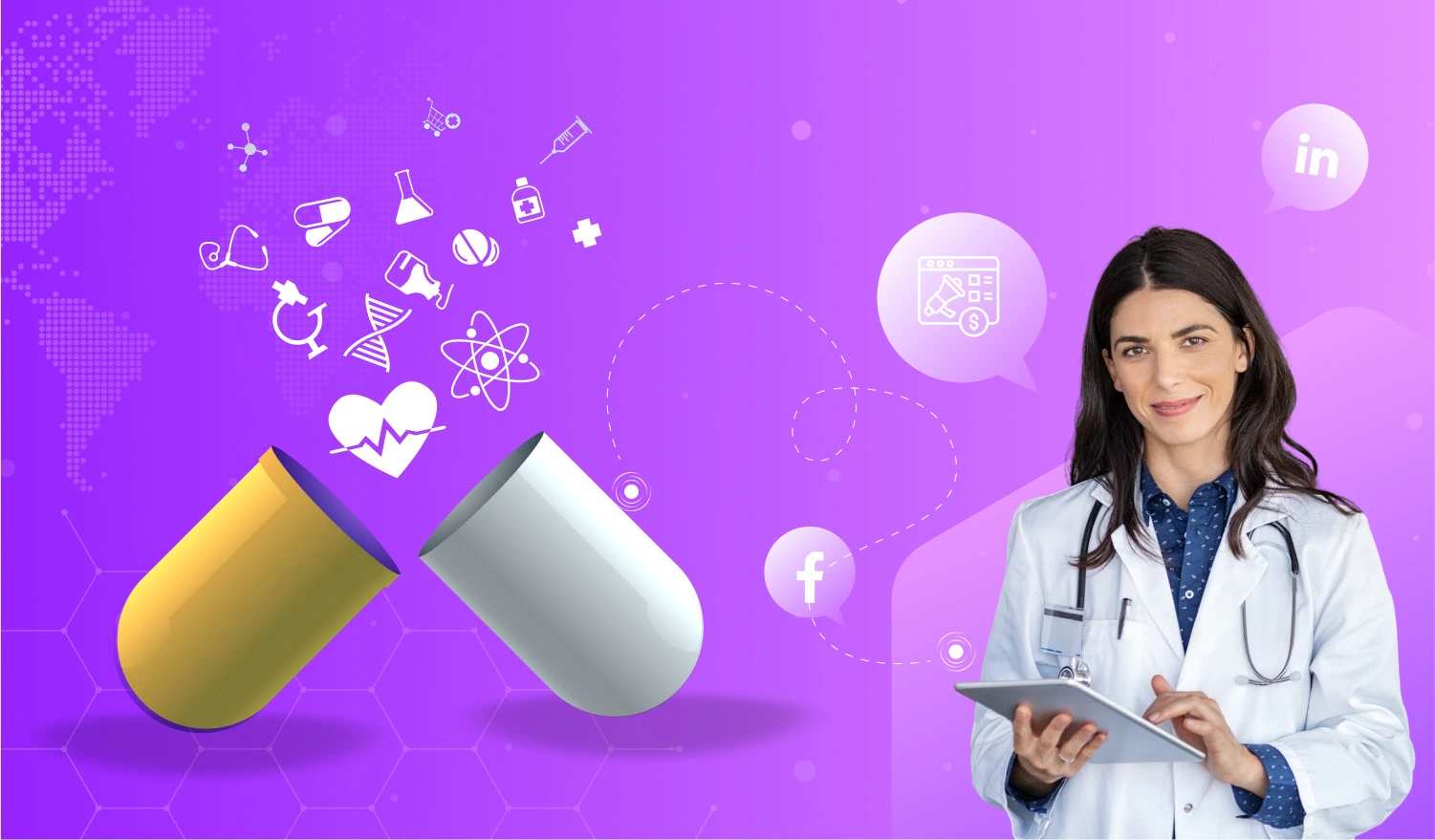In today’s competitive healthcare landscape, building a strong digital presence is no longer optional it’s a necessity. Patients, healthcare professionals, and even pharmaceutical companies now rely on digital platforms to access information, evaluate services, and make informed decisions. For any brand within the healthcare and life sciences sector, the ability to capture attention, earn trust, and drive engagement directly impacts return on investment (ROI). This is where a healthcare marketing agency plays a vital role, particularly through the strategic use of data and analytics.
Unlike traditional marketing approaches that often rely on guesswork, modern healthcare marketing is powered by measurable insights. From patient acquisition campaigns to medical content strategies, data ensures that every marketing dollar is invested in the right place. In this blog, we’ll explore how a healthcare marketing agency leverages analytics to maximize ROI, and how specialized partners such as a medical writing company or a regulatory writing company contribute to this ecosystem.
Why Data Matters in Healthcare Marketing
Healthcare is a trust-driven industry. Patients want reliable information, pharmaceutical brands require regulatory compliance, and medical professionals need content that is accurate and evidence-based. With so much at stake, data and analytics bring structure and accountability to healthcare marketing.
Here’s why data-driven strategies are indispensable:
-
Precision targeting: Analytics reveal who your audience is, what they search for, and how they behave online.
-
Performance tracking: Every campaign, whether SEO, paid ads, or email outreach, can be monitored for effectiveness.
-
Cost efficiency: Data ensures marketing budgets are allocated to high-performing channels.
-
Compliance alignment: Especially in pharmaceutical and biotech industries, data provides proof of compliance with strict regulations.
By combining these benefits, a healthcare marketing agency ensures that every initiative is not only creative but also measurable.
Key Areas Where Data & Analytics Drive ROI
1. Patient Acquisition and Engagement
For hospitals, clinics, and private practices, acquiring and retaining patients is the ultimate goal. Analytics help track patient journeys from the first Google search to booking an appointment. By understanding which keywords drive the most traffic, a healthcare marketing agency can fine-tune SEO strategies.
This is where collaboration with a medical writing company becomes invaluable. Expertly written healthcare blogs, patient education materials, and treatment guides rooted in accurate science attract organic traffic while building trust. When these materials are optimized with data-driven keyword strategies, they deliver both credibility and visibility.
2. Content Strategy Backed by Evidence
Content remains the foundation of digital healthcare marketing. However, in a highly regulated industry, not just any content will do. A regulatory writing company ensures that materials such as clinical trial documents, regulatory submissions, or scientific publications meet compliance requirements while still being audience-friendly.
Meanwhile, analytics tools like Google Search Console, SEMrush, or Ahrefs show how well this content performs. Are patients reading the entire article? Are doctors downloading whitepapers? Is the blog driving leads for the pharmaceutical brand? By analyzing this data, healthcare marketing agencies continuously refine content strategy, focusing on topics that matter most to their audience.
3. Search Engine Optimization (SEO)
SEO is the backbone of healthcare marketing. With the right data, agencies can uncover which search terms patients or professionals are using to find information. For instance, keywords like “best cardiologist near me” or “regulatory writing services for clinical trials” may have different search volumes but equally high intent.
A strong healthcare marketing agency partners with medical writers to craft optimized content that ranks well without compromising scientific accuracy. Over time, analytics track ranking improvements, traffic growth, and lead conversions providing clear evidence of ROI.
4. Paid Advertising Campaigns (PPC & Social Media Ads)
Healthcare brands often invest in Google Ads or LinkedIn campaigns to reach targeted audiences. Without analytics, these campaigns can drain budgets quickly.
Through advanced tracking, agencies measure:
-
Click-through rates (CTR)
-
Cost per lead (CPL)
-
Conversion rates
-
Audience engagement across demographics
By analyzing these metrics, healthcare marketing agencies can reallocate spending toward the most profitable ads. At the same time, specialized content from a medical writing company ensures ad copy and landing pages are not only persuasive but also medically accurate boosting both compliance and conversion rates.
5. Regulatory Compliance and Transparency
One of the most overlooked aspects of healthcare marketing is regulatory compliance. In pharmaceuticals, biotech, and medical devices, even a small misrepresentation can result in legal consequences.
This is where a regulatory writing company becomes a crucial partner. By ensuring that promotional content, clinical reports, and submissions are compliant with FDA, EMA, or ICH guidelines, brands can confidently run marketing campaigns. Data and analytics then validate that these campaigns are performing effectively without risking compliance breaches.
How Agencies Blend Creativity with Analytics
A common misconception is that data-driven marketing is purely technical. In reality, it’s a balance between science and creativity. A healthcare marketing agency integrates analytics into every stage of strategy:
-
Creative storytelling attracts and engages audiences.
-
Medical writing services ensure that messaging is factually correct and easy to understand.
-
Analytics dashboards provide real-time feedback on performance.
The result is a marketing strategy that not only looks good but also delivers measurable outcomes.
Case Example: Data-Driven Healthcare Marketing in Action
Imagine a pharmaceutical company launching a new therapy. They need to:
-
Educate doctors about clinical trial results.
-
Raise awareness among patients.
-
Ensure all content complies with strict regulations.
A healthcare marketing agency might start by analyzing search trends and social conversations around similar therapies. A medical writing company would then craft scientific blogs, patient FAQs, and whitepapers. Meanwhile, a regulatory writing company would handle clinical documentation and ensure promotional claims meet industry standards.
As the campaign runs, analytics would track which content pieces drive the most downloads, which ads convert best, and which SEO keywords bring organic traffic. These insights allow continuous optimization ensuring maximum ROI from every dollar spent.
The Future of Healthcare Marketing: AI & Predictive Analytics
Looking ahead, the integration of artificial intelligence and predictive analytics will make healthcare marketing even more precise. Agencies will be able to anticipate patient needs, forecast market shifts, and personalize campaigns with unprecedented accuracy. However, the role of human expertise from medical writing to regulatory compliance will remain irreplaceable.
Conclusion
Data and analytics are no longer optional they are the backbone of successful healthcare marketing. By working with a healthcare marketing agency, brands gain access to insights that drive smarter decisions, stronger engagement, and higher ROI. At the same time, specialized partners like a medical writing company and a regulatory writing company ensure that every piece of content is accurate, compliant, and impactful.















